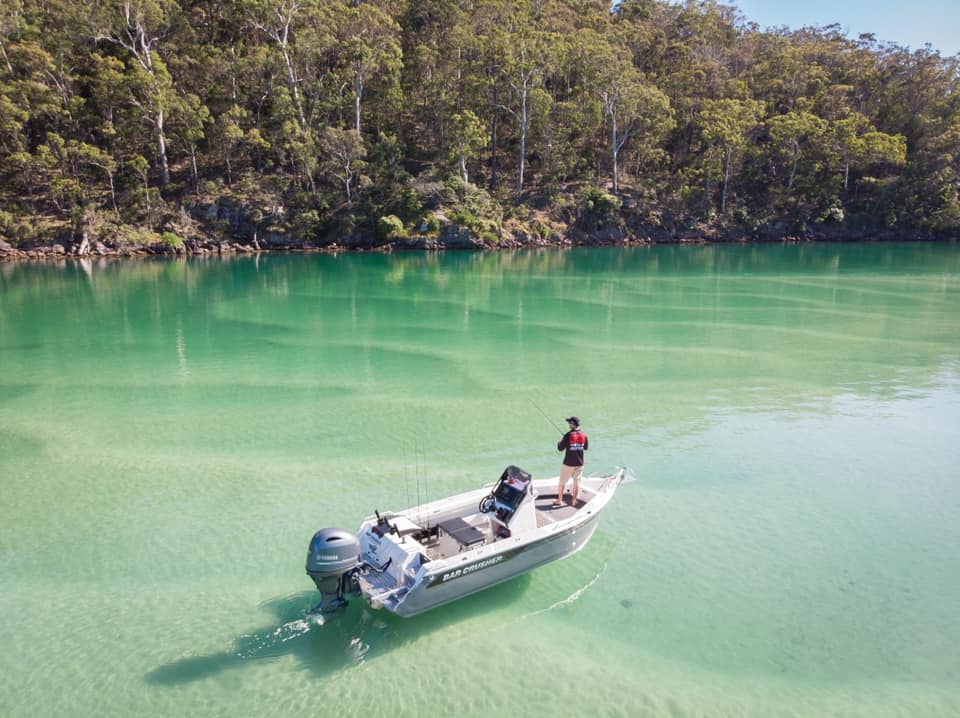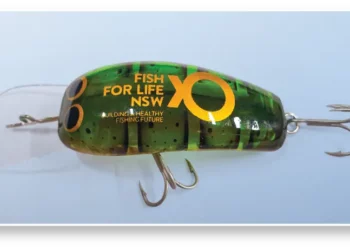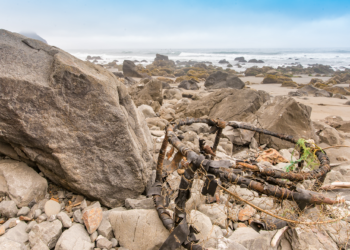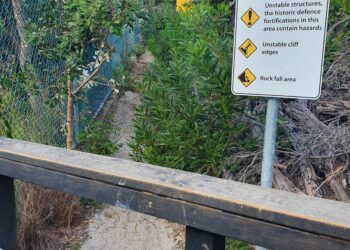
FISHING World recently reported on the boom in recreational fishing participation in the USA, which appears to have been one of the few positive outcomes of that country’s ongoing battle with Covid. Back in May, foreign correspondent Martin Salter speculated on a similar uptake in angling participation in the UK and we’re hearing that tackle sales and accommodation bookings in hot locations around Australia are similarly on the upswing.
I’m guessing that someone somewhere is currently undertaking a research project which might quantify the reported increased uptake effect here. An ABC Rural piece in September by Keely Johnson noted that fishing licence sales in NSW went up to 470,000 in 2020/21, an increase of 30,000 from the previous year. Boating industry and tackle associations, as well as angling representative bodies, are reporting increased rec fishing activity right round Australia and in New Zealand.
Certainly, during the first lock downs in 2020 there seemed to be more boats on Sydney Harbour and more fishos on wharves and rock platforms. My local tackle shop in Kingsford was as crowded as I’ve ever seen it, as parents fitted out their bored kids with rods and reels and accessories. There was of course a downside for “travelling anglers”, particularly for southern state residents who’d normally go north to the NT, north Queensland or WA and found the borders firmly shut. There were lots of postponements and deferrals which disappointed anglers but must have hugely dispiriting for lodges, charter operators and professional guides.
In Sydney, the first 2021 lock downs allowed for exercise and recreation within 10 kilometres of your place of residence, which meant that lots of folk could still fish. I could get to La Perouse in the south, South Head in the north and Middle Head and Balmoral in the west. plenty of options there. Things got tougher when that was reduced to five kilometres, and there was a collective sigh of relief among keen anglers when NSW hit the 70 per cent double dose vaccination target and that restriction came off on October 11. But my October barra trip to Melville Island is now rescheduled to March 2022. Hopefully.
The question now is whether or not the trend will continue past this round of Covid. It was only in February 2019 that Ross Winstanley published a piece in the SETFIA newsletter where he looked at, amongst other things, the decline in participation rates in several states. Between 1996 and 2014 in Queensland it dropped from 28 per cent to 15 per cent. In Tasmania, across three surveys since 2000/01, participation dropped by 22 per cent and the number of fish caught fell by 35 per cent. There’s at least some survey evidence that reduced participation was largely tied to declining catch rates and return for effort.
State and territory governments are recognising rec fishing’s worth to the economy through initiatives such as go fishing days and tagged fish programs with big cash recapture rewards. Whether that works in the longer term if they’re aren’t as many fish to be caught remains to be seen. Although, back in 1961, Ampol sponsored a Tuggerah Lakes NSW fishing contest with 30,000 pounds prize money. Over 9,000 competitors turned up, so fish numbers might not be everything.
















